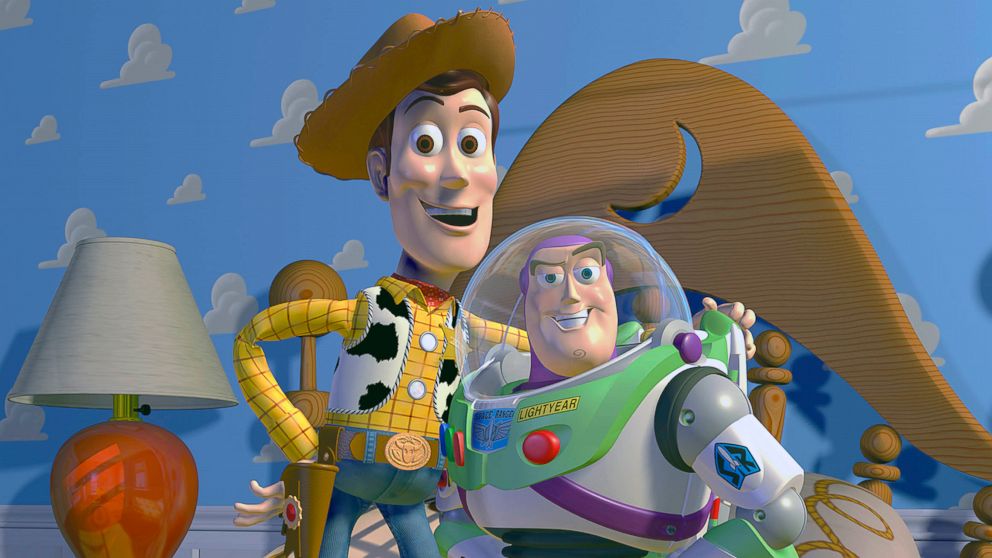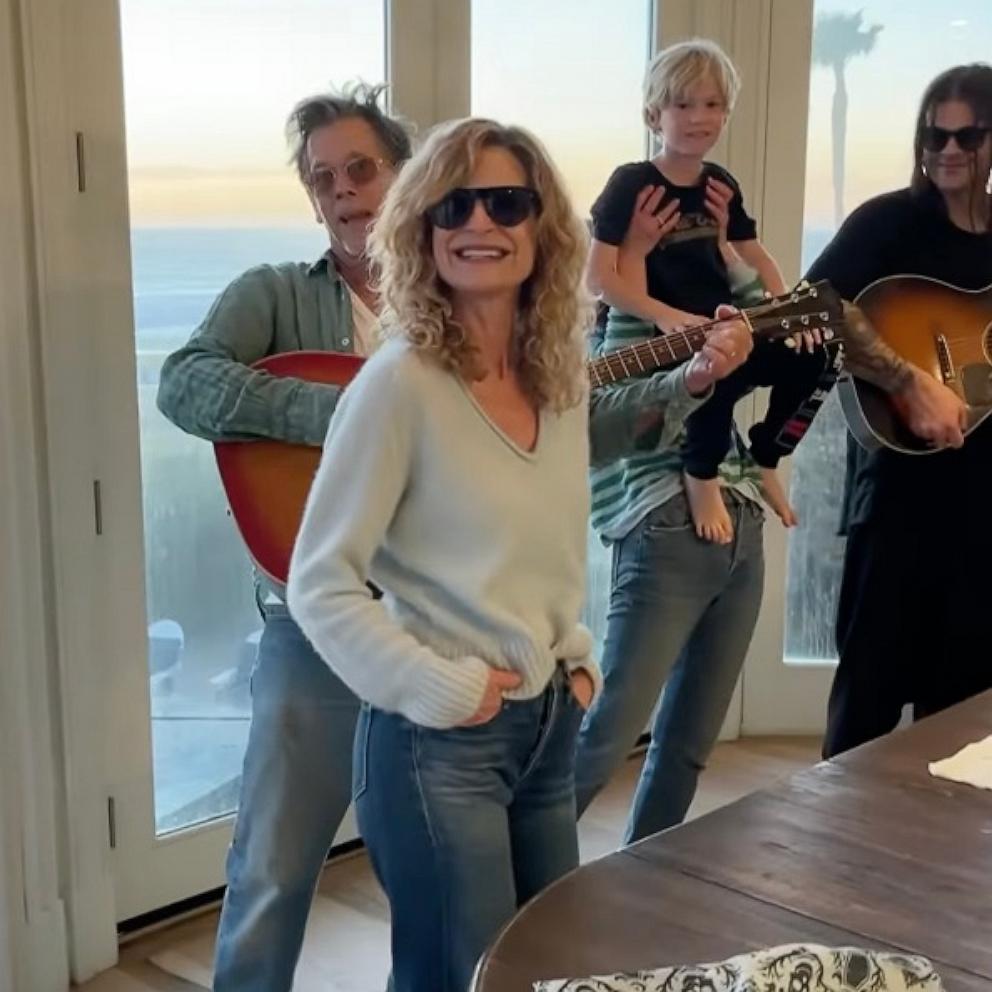'Toy Story' Turns 20: How It Changed Animated Films Forever
— -- When "Toy Story" premiered 20 years ago today, everybody involved knew it was something special. However, nobody could have predicted just how successful the film would become, including the two teams behind it: Pixar (then owned by Apple) and Disney.
"I don't think either side thought "Toy Story" would turn out as well as it has. The technology is brilliant, the casting is inspired, and I think the story will touch a nerve," former Disney CEO Michael Eisner told Fortune magazine in 1995. "Believe me, when we first agreed to work together, we never thought their first movie would be our 1995 holiday feature, or that they could go public on the strength of it," the former Disney leader added. While Apple founder Steve Jobs said, “we believe it’s the biggest advance in animation since Walt Disney started it all with the release of ‘Snow White’ 50 years ago.”
Nine years after "Toy Story" hit theaters, Disney, the parent company of ABC News, acquired Pixar, and went on to create many other computer-animated feature films like it. Other movie studios soon followed suit.
Aside from being the first-ever computer-animated feature film and spawning a franchise, here's how else "Toy Story" changed the film industry.
1. It altered the way animated films were created: In addition to looking entirely different from its animated predecessors, Forbes reported in 1995 that "Toy Story" was the first movie in which it was possible to store digital characters, sets and scenes in computers so that animators wouldn't have to re-draw each cell. "They can be reproduced and adapted economically and infinitely, in film and video sequels and spinoff products like toys, TV shows, and CD-ROM games," the magazine reported. "Pixar's techniques so dramatically reduce the amount of manual labor required to make high-quality cartoons that they may well change the economics of animation."
2. "Toy Story" led to some of the most lucrative films of all time: "Toy Story" earned $361,958,736 worldwide and became the highest-grossing film of 1995. Assured that computer-animated films could be successful, studios began churning them out. Currently, two computer-animated films are among the top ten highest-grossing films ever: "Frozen" and "Minions."
3. It helped pave the way for animated films at the Oscars: "Toy Story"'s co-writer and director John Lasseter received a Special Achievement Oscar at the 1996 Academy Awards for "the development and inspired application of techniques that have made possible the first feature-length computer-animated film," according to a Los Angeles Times article from that time. The movie, which earned three Oscar nominations that year, also became the first animated movie to receive a nod for Best Original Screenplay. However, it wasn't the last: "Finding Nemo," "The Incredibles," "Ratatouille," "WALL-E," and "Up" were also recognized for their screenplays, and "Up" and "Toy Story 3" were nominated for Best Picture. (The first Disney movie to ever garner a Best Picture nomination, however, was "Beauty and the Beast" in 1992.) There was a category for Best Animated Feature added in 2001.
4. Big-name stars began voicing animated characters more frequently: Though celebrities voiced animated characters before 1995, after Tom Hanks and Tim Allen signed on to "Toy Story," A-listers began lining up to participate in computer-animated films, including Mike Myers, Ellen DeGeneres, and Mindy Kaling.
5. It lent credence to the idea that animated movies didn't have to be musicals: Unlike many of the animated movies that came before it, "Toy Story" was not a musical. Joss Whedon, one of the screenwriters behind the film, said in his biography that "it would have been a really bad musical because it's a buddy movie." Plus, the movie didn't have what Whedon called "an 'I want' number" that was so prominent in other animated films because it wouldn't have made sense for the story. "Woody can't do an 'I want' number... he's cynical and selfish, he doesn't know himself," he continued. "Buddy movies are about sublimating, punching an arm, 'I hate you.' It's not an open emotion."




